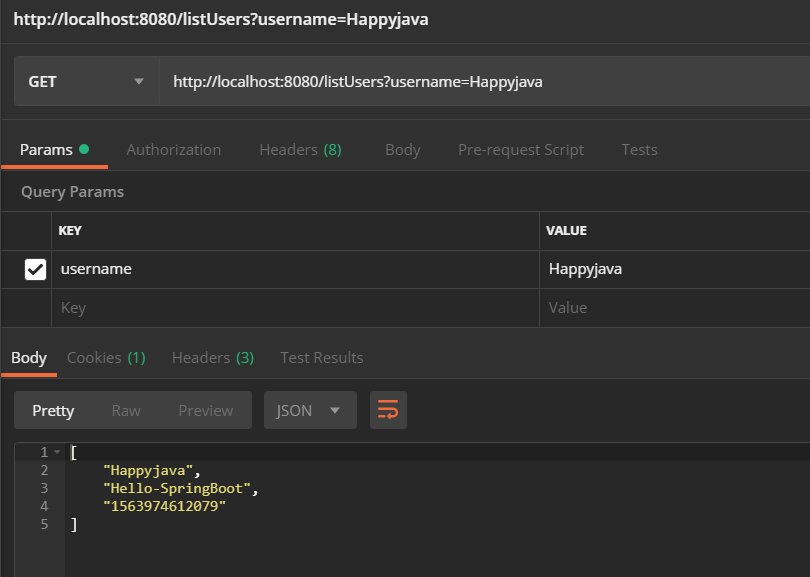前言
之前已经写过一篇文章介绍SpringBoot整合Spring Cache,SpringBoot默认使用的是ConcurrentMapCacheManager,在实际项目中,我们需要一个高可用的、分布式的缓存解决方案,使用默认的这种缓存方式,只是在当前进程里缓存了而已。Spring Cache整合Redis来实现缓存,其实也不是一件复杂的事情,下面就开始吧。
关于Spring Cache的运用,请参考[快学SpringBoot]快速上手好用方便的Spring Cache缓存框架
新建一个SpringBoot项目
依赖
1
2
3
4
5
6
7
8
9
10
11
12
13
14
15
16
17
18
19
20
21
22
23
24
25
26
27
28
29
30
31
32
33
34
35
36
| <dependencies>
<dependency>
<groupId>org.springframework.boot</groupId>
<artifactId>spring-boot-starter-web</artifactId>
</dependency>
<dependency>
<groupId>org.springframework.boot</groupId>
<artifactId>spring-boot-devtools</artifactId>
<scope>runtime</scope>
<optional>true</optional>
</dependency>
<dependency>
<groupId>org.springframework.boot</groupId>
<artifactId>spring-boot-configuration-processor</artifactId>
<optional>true</optional>
</dependency>
<dependency>
<groupId>org.projectlombok</groupId>
<artifactId>lombok</artifactId>
<optional>true</optional>
</dependency>
<dependency>
<groupId>org.springframework.boot</groupId>
<artifactId>spring-boot-starter-test</artifactId>
<scope>test</scope>
</dependency>
<dependency>
<groupId>org.springframework.boot</groupId>
<artifactId>spring-boot-starter-cache</artifactId>
</dependency>
<dependency>
<groupId>org.springframework.boot</groupId>
<artifactId>spring-boot-starter-data-redis</artifactId>
</dependency>
</dependencies>
|
主要是最下面两个依赖:spring-boot-starter-cache 和 spring-boot-starter-data-redis。
配置Redis
在application.properties中添加redis的配置
1
2
3
| spring.redis.host=127.0.0.1
spring.redis.port=6379
|
这是最基础的三个配置(其实默认值就是这样,就算不写也可以)。当然,还有空闲连接数,超时时间,最大连接数等参数,我这里都没有设置,在生产项目中,根据实际情况设置。
RedisCacheConfig
新建RedisCacheConfig.class
1
2
3
4
5
6
7
8
9
10
11
12
13
14
15
16
17
18
19
20
21
| @Configuration
@EnableCaching
public class RedisCacheConfig {
@Bean
public CacheManager cacheManager(RedisConnectionFactory redisConnectionFactory) {
RedisCacheWriter redisCacheWriter = RedisCacheWriter.nonLockingRedisCacheWriter(redisConnectionFactory);
RedisSerializer<Object> jsonSerializer = new GenericJackson2JsonRedisSerializer();
RedisSerializationContext.SerializationPair<Object> pair = RedisSerializationContext.SerializationPair
.fromSerializer(jsonSerializer);
RedisCacheConfiguration defaultCacheConfig=RedisCacheConfiguration.defaultCacheConfig()
.serializeValuesWith(pair);
return new RedisCacheManager(redisCacheWriter, defaultCacheConfig);
}
}
|
如果要设置缓存管理器所管理的缓存名字,RedisCacheManager构造方法提供一个可变参数的构造器:

测试
新建一个MockService.java,代码如下:
1
2
3
4
5
6
7
8
9
10
11
12
13
14
15
| @Service
public class MockService {
@Cacheable(value = "listUsers", key = "#username")
public List<String> listUsers(String username) {
System.out.println("执行了listUsers方法");
return Arrays.asList("Happyjava", "Hello-SpringBoot", System.currentTimeMillis() + "");
}
}
|
新建一个TestController.java,代码如下:
1
2
3
4
5
6
7
8
9
10
11
12
13
14
15
| @RestController
public class TestController {
private final MockService mockService;
public TestController(MockService mockService) {
this.mockService = mockService;
}
@GetMapping(value = "/listUsers")
public Object listUsers(String username) {
return mockService.listUsers(username);
}
}
|
请求接口:

Redis中的数据:



